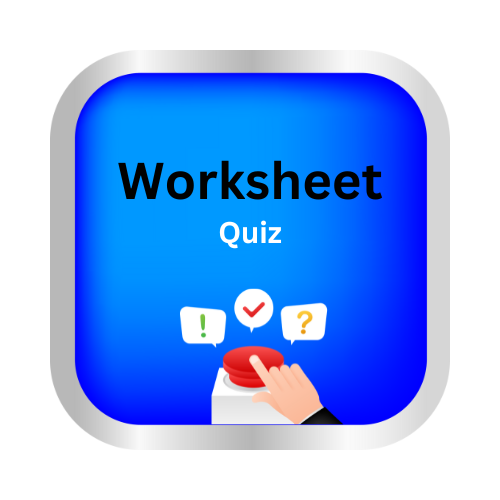Evaluate exponents
Key notes:
Understanding Exponents:
Explain that exponents show how many times a number (base) is multiplied by itself.
Basic Exponent Rules:
Introduce rules like am × an = am+n and am/an = am−n emphasizing how exponents behave in multiplication and division.
Negative Exponents:
Discuss how a−n is equivalent to 1/an , illustrating the concept of reciprocals.
Zero Exponent:
Teach that a0 = 1 for any nonzero number aaa, emphasizing this as a fundamental property.
Practical Examples:
Use examples like 23 = 2 × 2 × 2 = 8 to demonstrate exponentiation in action.
Order of Operations:
Clarify the importance of following the order of operations when evaluating expressions with exponents.
Application Problems:
Provide word problems that involve real-world scenarios where exponents are used, such as calculating areas or volumes.
An exponent tells you how many times its base is used as a factor.
Exponents are used to write repeated multiplication.
For example, for a base of 4:
42 = 4 · 4 = 16
43 = 4 · 4 · 4 = 64
44 = 4 · 4 · 4 · 4 = 256
45 = 4 · 4 · 4 · 4 · 4 = 1,024
An exponent tells you how many times its base is used as a factor.
Exponents are used to write repeated multiplication.
For example, for a base of 5:
52 = 5 · 5 = 25
53 = 5 · 5 · 5 = 125
54 = 5 · 5 · 5 · 5 = 625
55 = 5 · 5 · 5 · 5 · 5 = 3,125
Learn with an example
📢 Evaluate. 52 = ____
- The base is 5 and the exponent is 2. Use 5 as a factor 2 times.
- 52 = 5 · 5
- = 25
📢 Evaluate. 33 = ___
- The base is 3 and the exponent is 3. Use 3 as a factor 3 times.
- 33 = 3 · 3 · 3
- = 27
📢 Evaluate. 92 = ___
The base is 9 and the exponent is 2. Use 9 as a factor 2 times.
92 = 9 · 9
= 81
let’s practice! 🖊️

